Part 2: Let thy food be thy medicine and medicine be thy food
Miriam O. Ezenwa, PhD, RN, FAAN
Greetings, my people! On Part 2 of the Natural purification of the body, “Let thy food be thy medicine and medicine be thy food,” I will start by asking one question. Here you go:
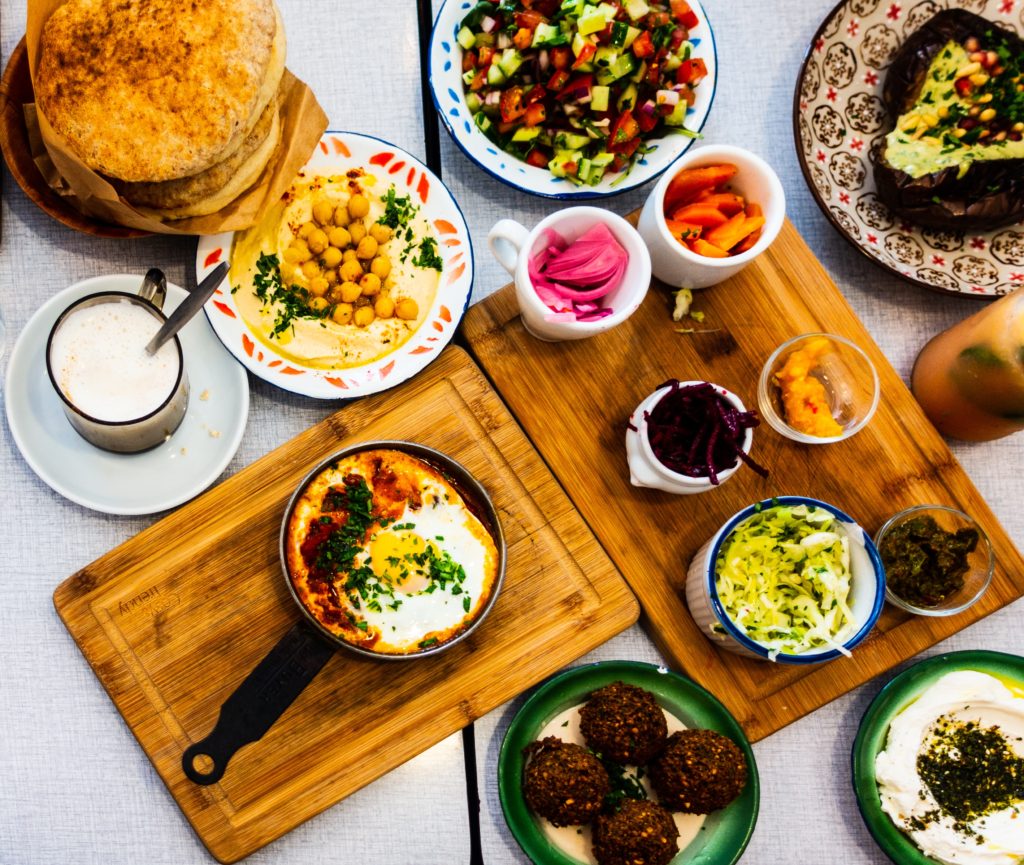
Do you know that food is the pharmacy that nature has bestowed upon humans? In this nature’s pharmacy, we don’t need drug prescription cards to access the stockpile of medicines already prepared for us. All we need is our appetite and good will. That appetite and good will must start with our relationship with food. Our relationship with food is very important because it affects how we view food and the type of food we allow into our body. Just as we choose the best partner to be in love with, we must choose the best food with which to fall madly in love. Hippocrates (400 BC) understood how much healing gift nature provided humankind through food when he said, “Let thy food be thy medicine and medicine be thy food.” Nature gave us food as medicine, so that, if we engage in an intimate relationship with food, it will help us prevent certain illnesses and assist our body heal itself. Therefore, we must be intentional about what we eat by choosing natural food with potentials to nourish and heal us. Have you ever thought about the reason certain food are shaped the way they are? I never did until I heard a sermon during mass when a priest described it to the congregants. For example:
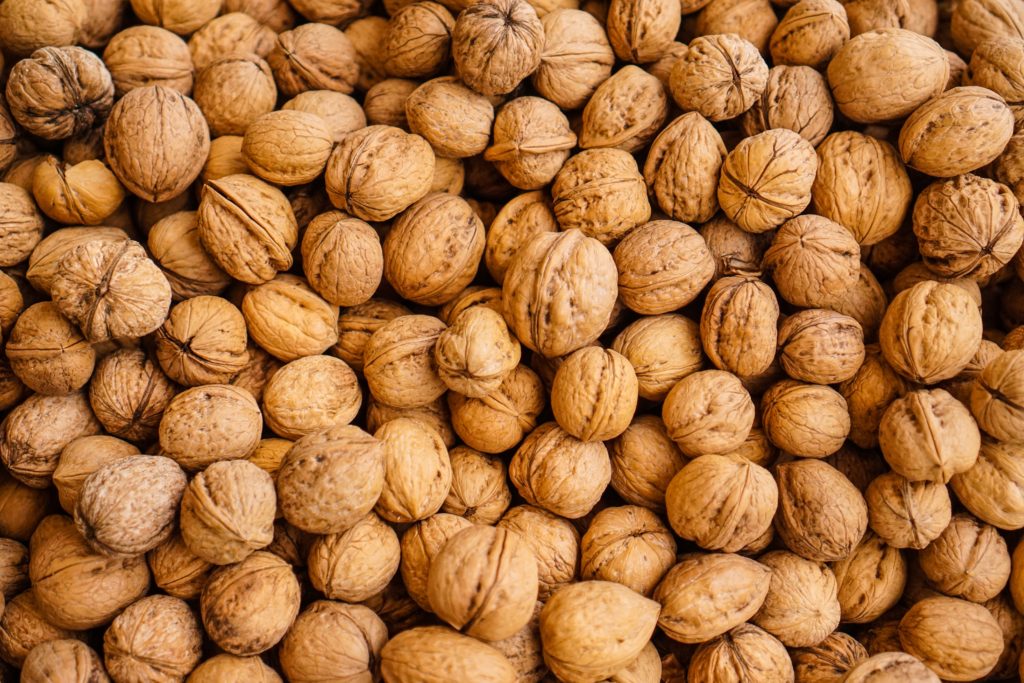
Walnuts are shaped like the brain. Nutritiously, it is very good for enhancing brain health as well as for preventing heart disease and cancer.(1) Why? Walnuts contain omega-3 fats and unlike most other food contain greater amounts of antioxidants.(1) Antioxidants are necessary for defending the cells from injury caused by possible harmful molecules we call free radicals. Walnuts also contain vitamins and mineral such as Copper, Folic acid, Phosphorus, Vitamin B6, Manganese, and Vitamin E, which provide healthy nutrients for the body.(1) Our ancestors from the Mediterranean region and Central Asia understood the power of walnuts and they made them a huge part their diet for thousands of years.
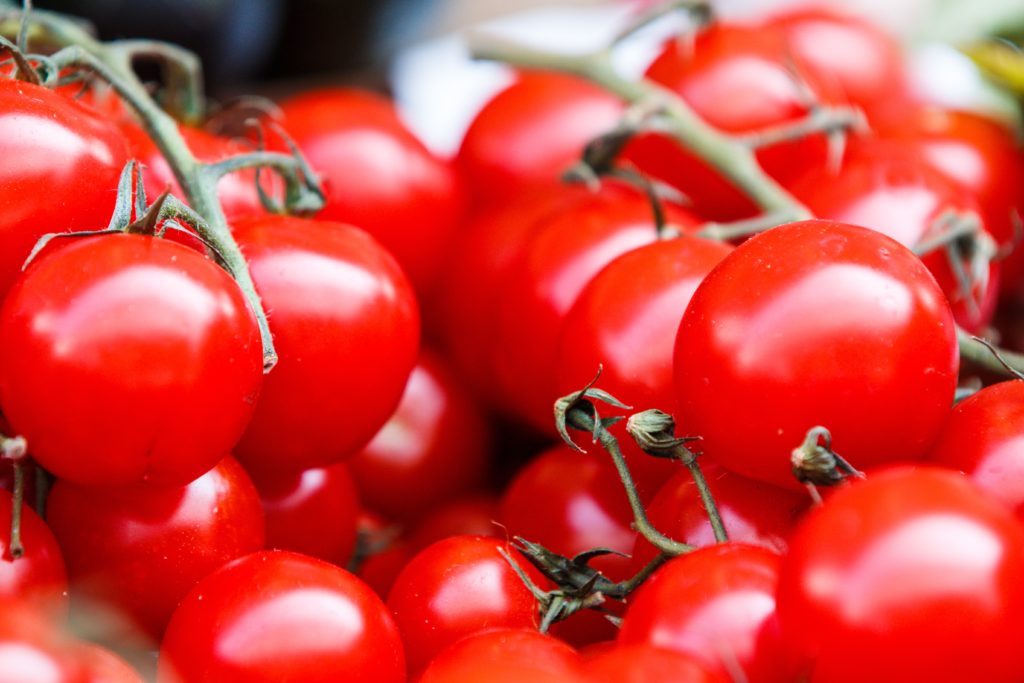
Tomatoes are red just as the color of the heart. When you slice a tomato, you can also notice that is shaped like the heart. Not surprisingly, besides containing vitamin C, potassium, folate, and vitamin K, tomatoes are the main food source of the antioxidant known as lycopene, which has been associated with several health benefits such as reduced risk of heart disease and cancer.(2) Tomato originated from South America and our ancestors from that part of the world have embraced tomatoes for thousands of years.
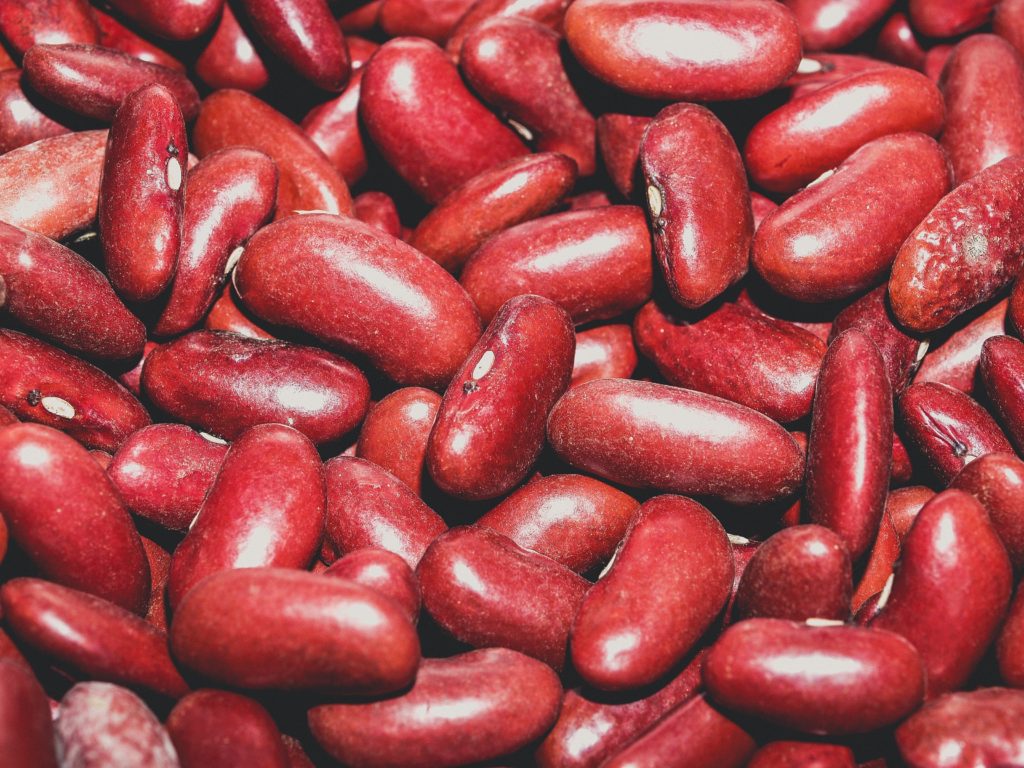
Kidney beans are shaped like the kidneys. They are beneficial for the kidneys for those with healthy kidney function when eaten as part of healthy diet. However, people with kidney issues need to eat kidney beans in moderation and in consultation with their healthcare providers.(3) Kidney beans are a good source of protein that also contain lots of carbohydrates and fiber. The carbohydrates in kidney beans are slowly released and thus do not cause spikes in blood sugar. Therefore, kidney beans are useful for people with type 2 diabetes.(4) The healthy fibers in kidney beans help to regulate blood sugar levels and support colon health.(4) Our ancestors from Central America and Mexico from where kidney beans originated, recognize the health benefits of kidney beans and made them a major part of their diets.
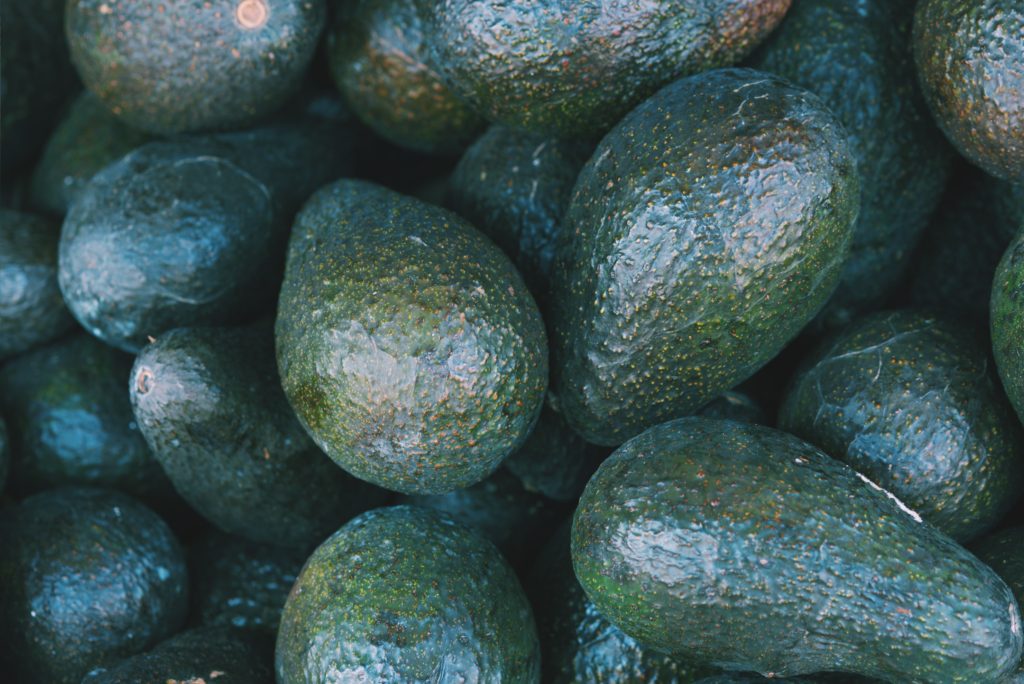
Avocado pears are called the “superfood” for a fantastic reason. They are extremely nutritious and contain an extensive variety of nutrients including 20 different vitamins and minerals, namely, Vitamin K, Folate, vitamin C, Potassium, Vitamin B5, Vitamin B6, Vitamin E, magnesium, manganese, copper, iron, zinc, phosphorous and vitamins A, B1 (thiamine), B2 (riboflavin) and B3 (niacin).(5) Avocados are packed with a heart-healthy oleic fatty acid that are linked to reduction in inflammation and have positive effects on genes that are associated with cancer.(5) Little wonder avocados promote healthy heart.(5) Our ancestors from southern Mexico where avocados were believed to have originated, embrace avocados as a major part of their healthy diet due to these health benefits.
Do you know the health benefits of the food you consume? Do you need to make any changes to your food choices? I invite you to have fun looking up that information as I do all the time.
In part 3 of this topic: Food eating-rituals, I will share with you the food-eating rituals I developed to help me stay on track. Please check them out here on The Strongest Me website.
I wish you strength, always!
Please Like “The Strongest Me” Facebook page.
Please Stay Tuned …
References
- Arnarson, A. (2019, March 26). Walnuts 101: Nutrition Facts and Health Benefits. Retrieved from https://www.healthline.com/nutrition/foods/walnuts
- Bjarnadottir, A. (2019, March 25). Tomatoes 101: Nutrition Facts and Health Benefits. Retrieved from https://www.healthline.com/nutrition/foods/tomatoes
- Williams, J. (2019). Are Kidney Beans Healthy for Kidneys? Retrieved from https://www.livestrong.com/article/499247-are-kidney-beans-healthy-for-kidneys/
- Arnarson, A. (2019, May 14). Kidney Beans 101: Nutrition Facts and Health Benefits. Retrieved from https://www.healthline.com/nutrition/foods/kidney-beans
- Gunnars, K. (2019, June 29). 12 Proven Health Benefits of Avocado. Retrieved from https://www.healthline.com/nutrition/12-proven-benefits-of-avocado
